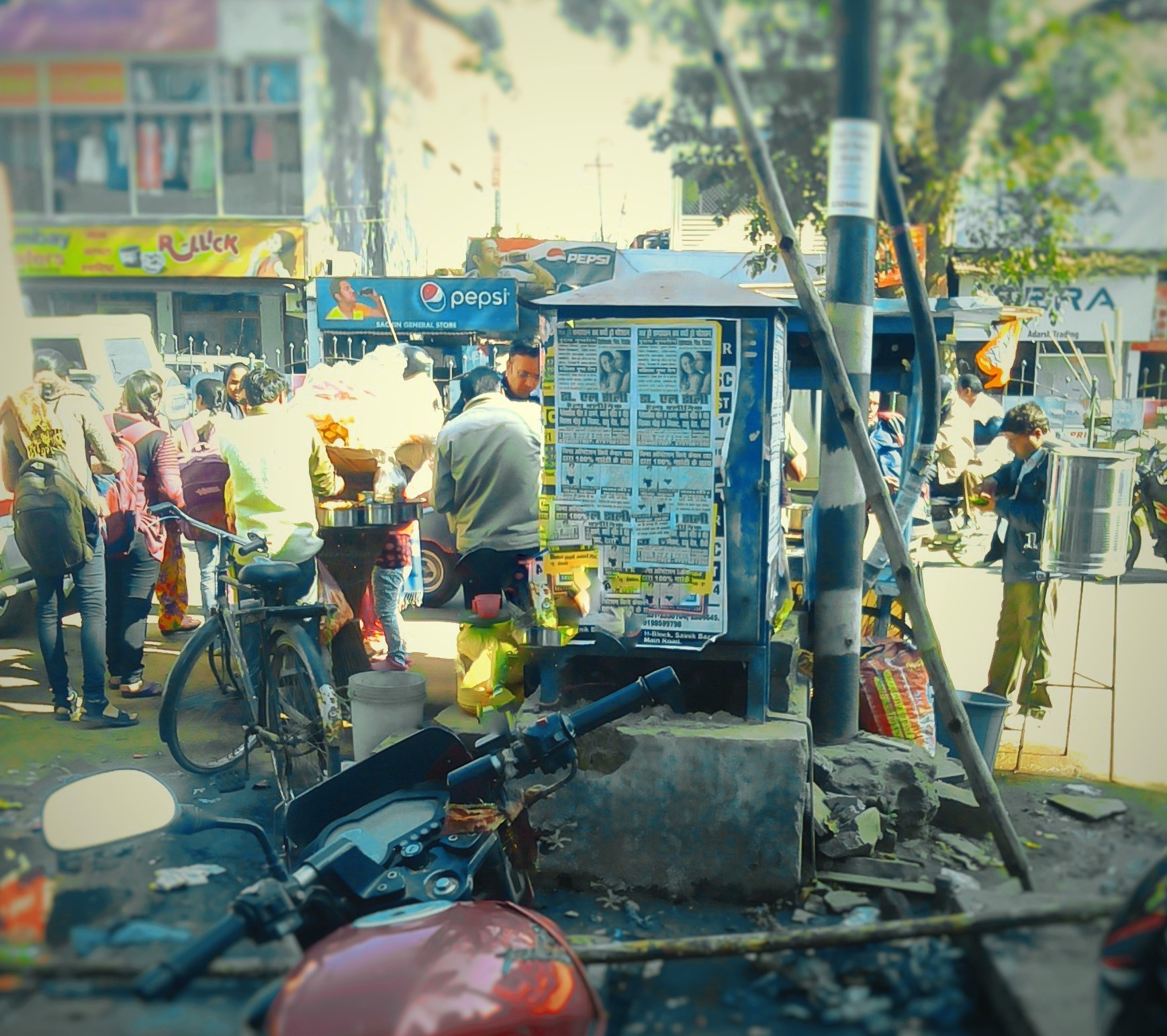Antimicrobial Resistance

Introduction
Antimicrobial resistance is the ability of a microorganism to stop an antimicrobial drug from working against it. The result of it is that the standard treatments tend to become ineffective and the infections persist and spread to other people.
Antimicrobial resistance is one of the biggest global challenges. Around the entire world, thousands succumb to untreatable superbug infections daily. Irrational antibiotic usage is the major reason behind the growing menace of antimicrobial resistance. The problem can be solved by having stricter medical laws, regulating the use of antibiotics, and generating awareness among the masses.
Current Status
Excessive usage of antibiotics creates resistance among microorganisms against the drug. According to WHO, more than half of the purchases of the antibiotics are done without a doctor’s prescription. India has one of the largest burdens of drug resistant pathogens and the highest rate of antibiotic resistance in the world.
Reasons for Antibiotic Resistance (ABR)
In certain cases, antimicrobial resistance occurs through the natural evolution of resistance in bacterial pathogens. However, the rising consumption of antibiotics is also a major contributor to resistance. For example, non-resistant bacteria may evolve mechanisms to combat the drugs and reproduce. In addition, drug-resistant bacteria may then share their drug-resistant genes with other bacteria.
Weak public health systems of the country as well as the availability of cheap antibiotic drugs in the market and their unregulated use have created ideal conditions for superbugs (resistant bacteria). Added on to that, poor regulation of pharmacies and the large number of unqualified personnel managing the supply chain is another reason for ABR. Unaware about the appropriate use of antibiotics, patients indulge in self-medication. Moreover, they do not stick to the prescribed course of antibiotics, which further intensifies the problem.
Government Initiatives
The government of India, particularly the Ministry of Health and Family Welfare sector, has initiated the National Action Plan (NAP) to combat antibiotic resistance. The main aim of this plan is to improve awareness; strengthen infection prevention and control; enhance surveillance measures; and promote investments, research and development, and other collaborative activities to control antimicrobial resistance.
Another campaign, Medicines with the Red Line, involves packs of certain medicines carrying a red line to differentiate them from other drugs. The meaning of the red line is that these medicines should never be consumed without a proper doctor’s prescription.
In addition, the Indian Council of Medical Research has issued national guidelines on the use of antibiotics. The antibiotics shall be classified as low risk or high risk and the choice of medication may vary depending on different diseases. Timely use of diagnostic tests and documentation of symptoms of the infection are also some of the measures to be taken.
Furthermore, there are state-run radio channels that warn the public against taking antibiotics without a prescription.
Way Forward
Unless we correct the root causes, rational antibiotic usage can never be implemented. The government should promote research and development (especially in nanotechnology) of new antibiotics to address the problem of growing global resistance to antimicrobial medicines.
Digital prescriptions prove to be an apt solution to the menace by enabling the right medicine for the right patient in the right amount.
The ministries of environment, animal husbandry, agriculture and the department of pharmaceuticals should jointly strategize to contain antimicrobial resistance. Improving cleanliness in hospitals and sanitation in the community is also very important. There also should be stricter rules and effective enforcement regarding the use of antibiotics.



